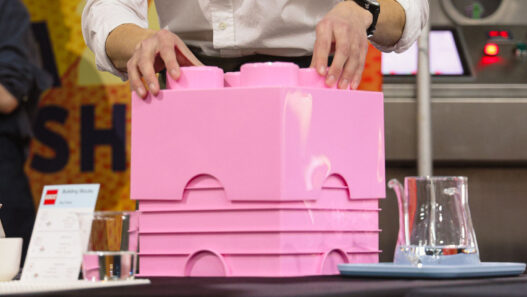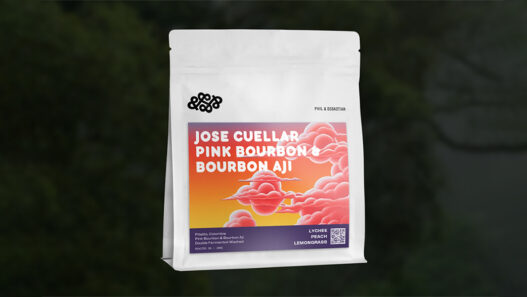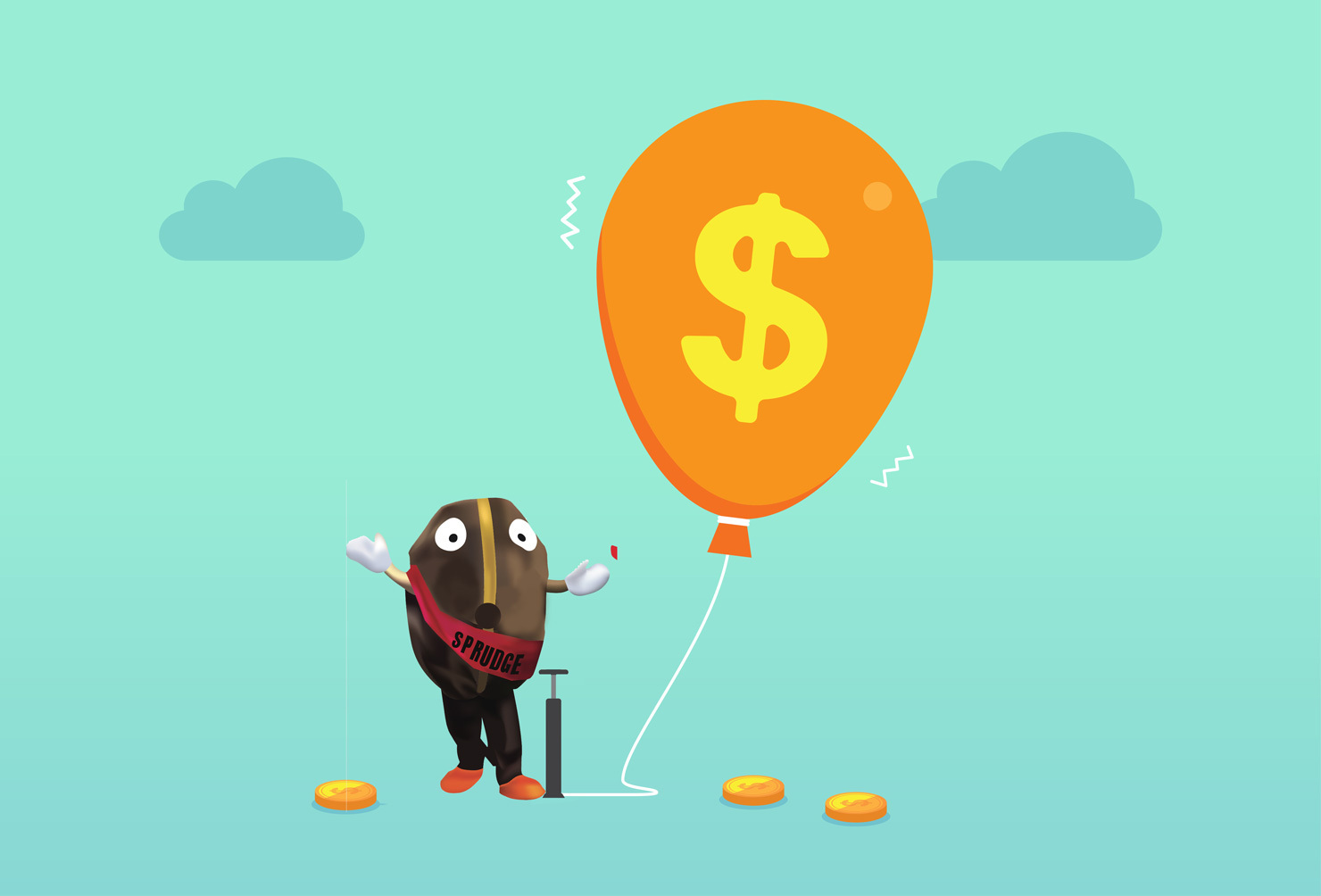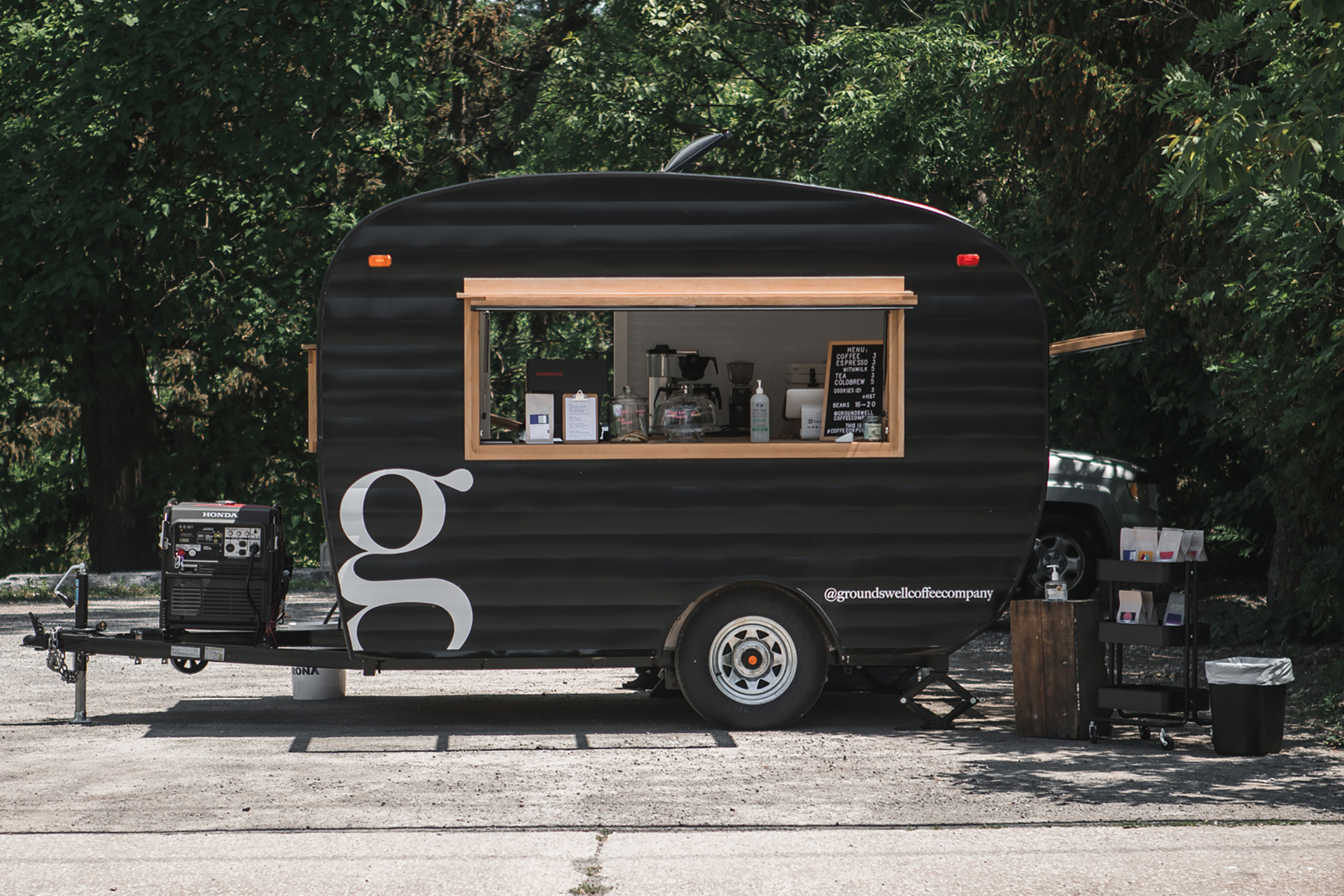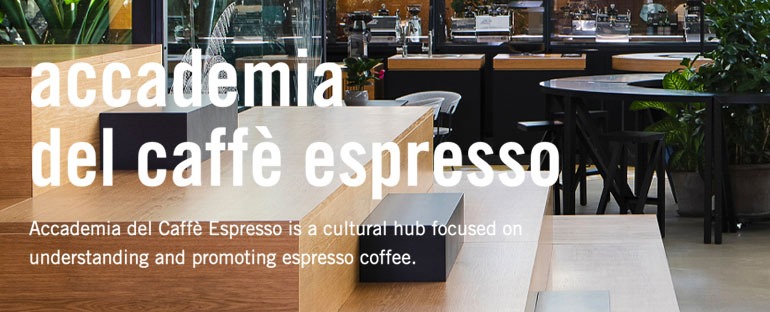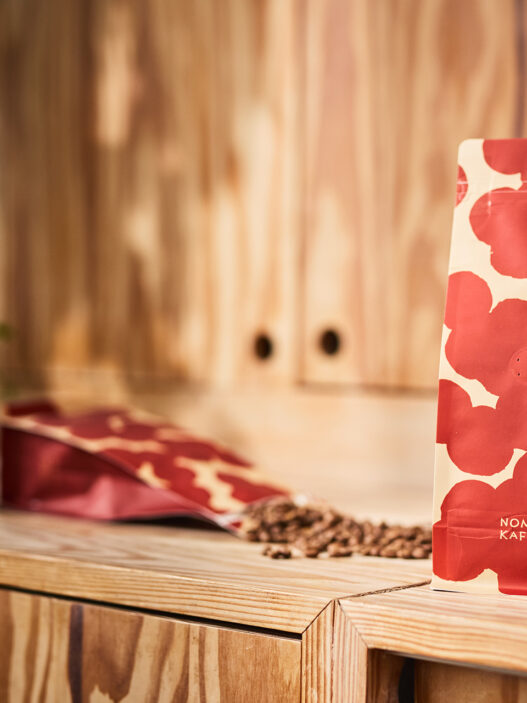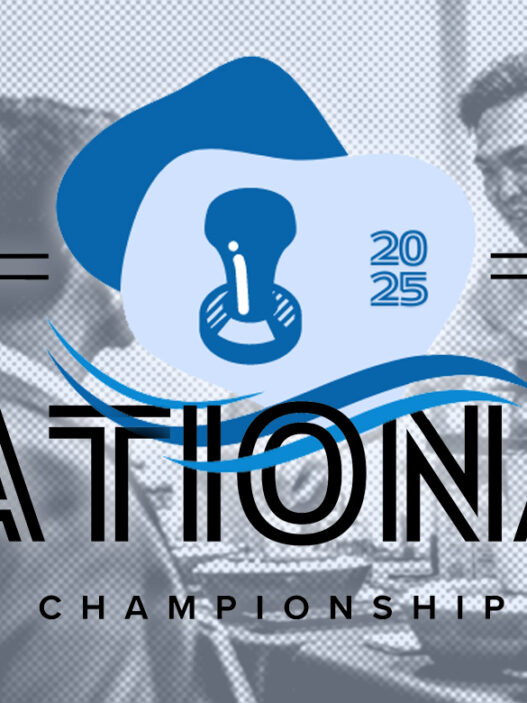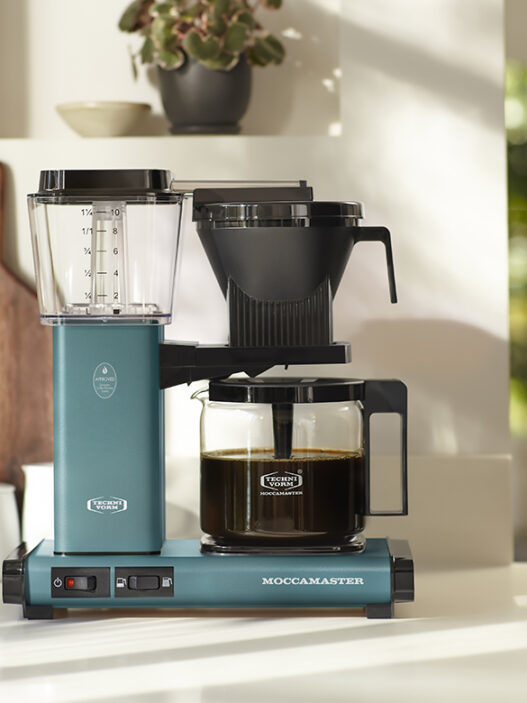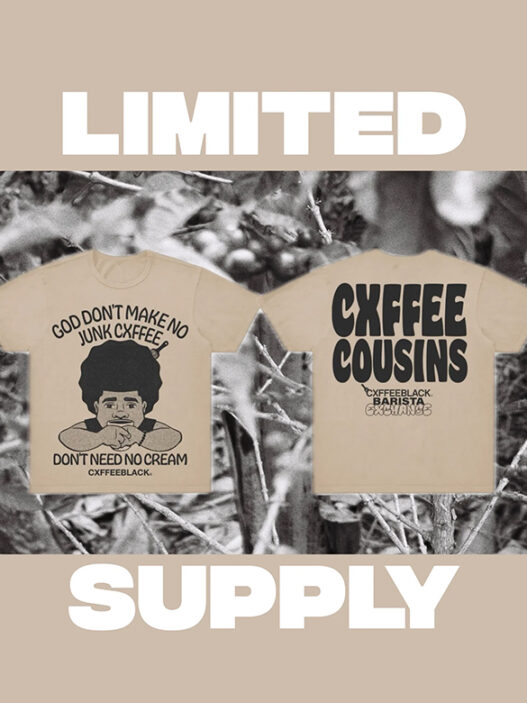Last month, we put out a survey to find out just how inflation was affecting your coffee habits. We sought the opinions of everyone in the supply chain, from producers to cafe, and including customers, to find out if they were noticing any price hikes in their coffee and what, if any, changes they had made because of them.
In short, a vast majority of respondents had noted an increase in price for their coffee routine or business, but the degree to which they felt those effects—as well as acting upon them—varied rather significantly depending upon whether the person was a consumer or worked in the industry. Here’s what the data is telling us.
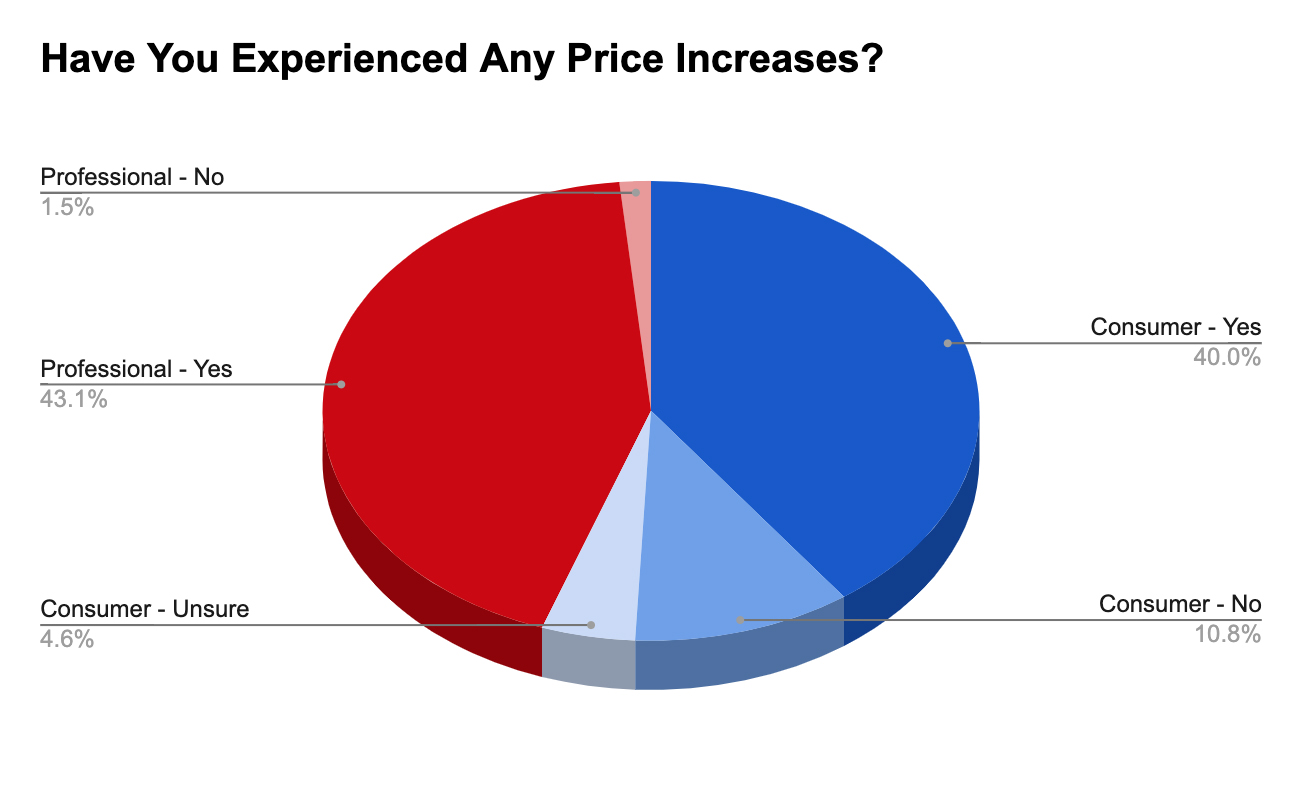
In total, 83% of all participants in the survey stated they had noticed a price increase for coffee, but it was most evident for coffee professionals. Nearly 97% of coffee professionals polled stated they had notice an uptick, while only 72% of consumers said the same; 8% of consumer weren’t sure if there had been.
There are a few potential explanations for this discrepancy. For one, while prices may be rising on production, the increases may not necessarily be passed on to the consumer. As one roaster noted in the survey, “We have a subscription service and do in-house roasting, so the price of green beans have become pricier but we didn’t change the monthly plan price.” Another possible explanation may be simply that consumers aren’t as laser-focused on the shifts in price point as coffee businesses are. Whereas every penny in a business may need to be accounted for, casual consumers—especially those with significant expendable income—may not have been keeping close watch on the cost of their daily latte to begin with to even notice an increase.
And though the effects of inflation were broadly felt, the reaction to them varied wildly based on which side of the supply and demand equation the participant was on. Of the consumers who had noticed a price increase, 62% stated that it had not affected their consumption habit. “I still brew at home the same amount even though ground prices have risen,” one person said, with another stating more bluntly, “I have to drink it.”
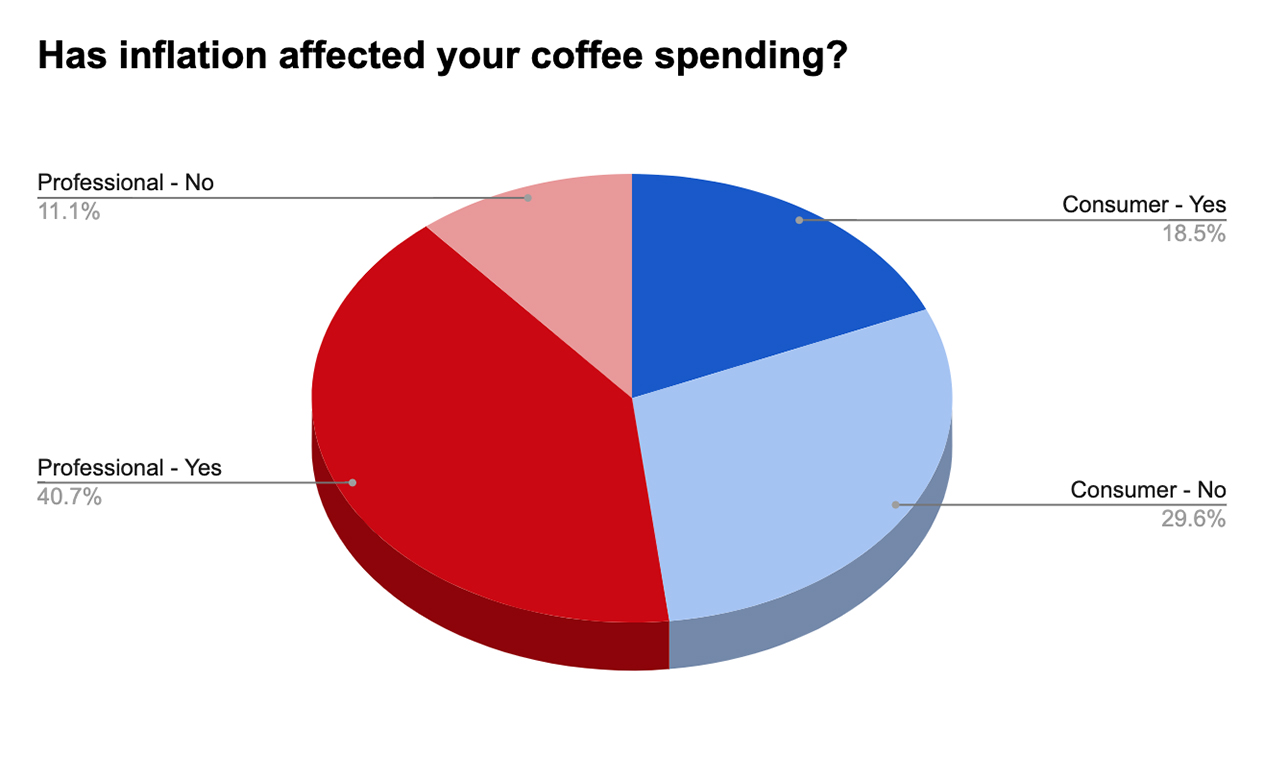
By contrast, 79% of coffee professionals experiencing inflation state that the increases had affected their purchasing and/or day-to-day business. Price increases for businesses have been broad, affecting green coffee, packaging, shipping, and freight, which has “increased anywhere between 20% and 500% per container,” according to one importer/exporter.
To make up for the increase, coffee companies have made wide spreading changes to how their businesses are run. Passing on part of the increase to the consumer was a common answer, but others found different cost-cutting measures, including shopping for themselves instead of going through larger vendors, trimming down menu offerings, buy cheaper versions of supplies, even buying green coffee from different, presumably less expensive origins.
Even still, many coffee companies notes a decrease in total sales due to inflation, which aligns with the sentiments of those consumers who state their coffee habit has been affected by the higher prices. Most reacted to the increases by opting to make coffee at home instead of going out to grab a drink at a cafe. Some even choose to buy lesser quality coffees to save money, others noted switching from single origins to blends. And when folks do go out to cafes, many are switching up their drinks orders as a response, choosing cheaper options like drip coffees over pricier espresso-based lattes.
In the end, the general consensus was that inflation was indeed having an impact on the price of coffee, but the effects of which were being more greatly felt by coffee businesses than by consumers, who, even when they noted an increase, were more likely than not to not act on it.
Zac Cadwalader is the managing editor at Sprudge Media Network and a staff writer based in Dallas. Read more Zac Cadwalader on Sprudge.










